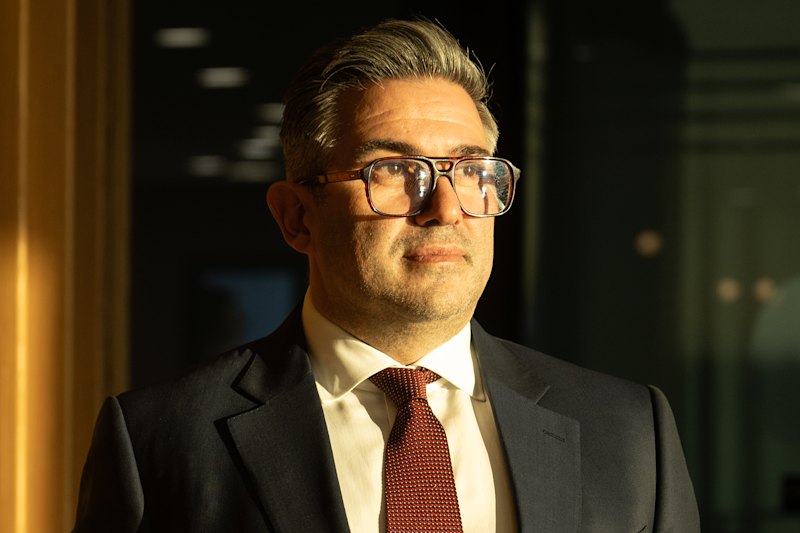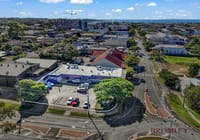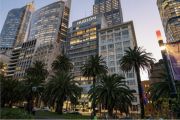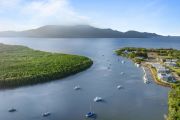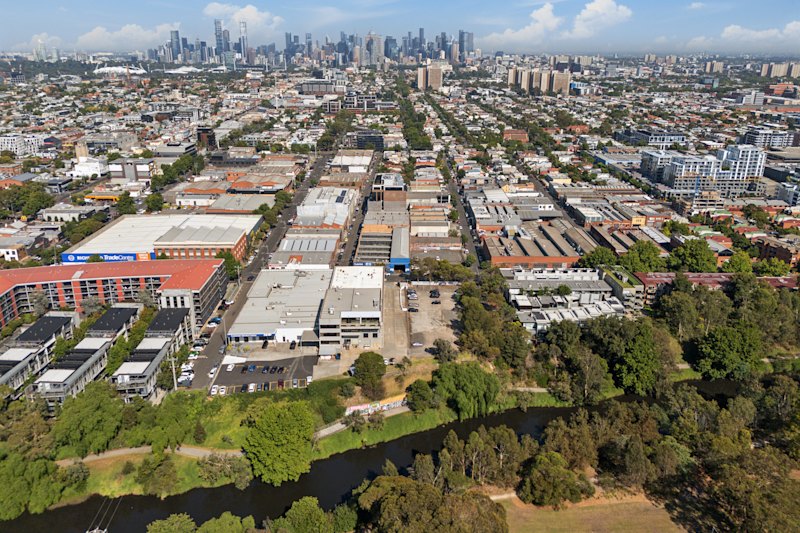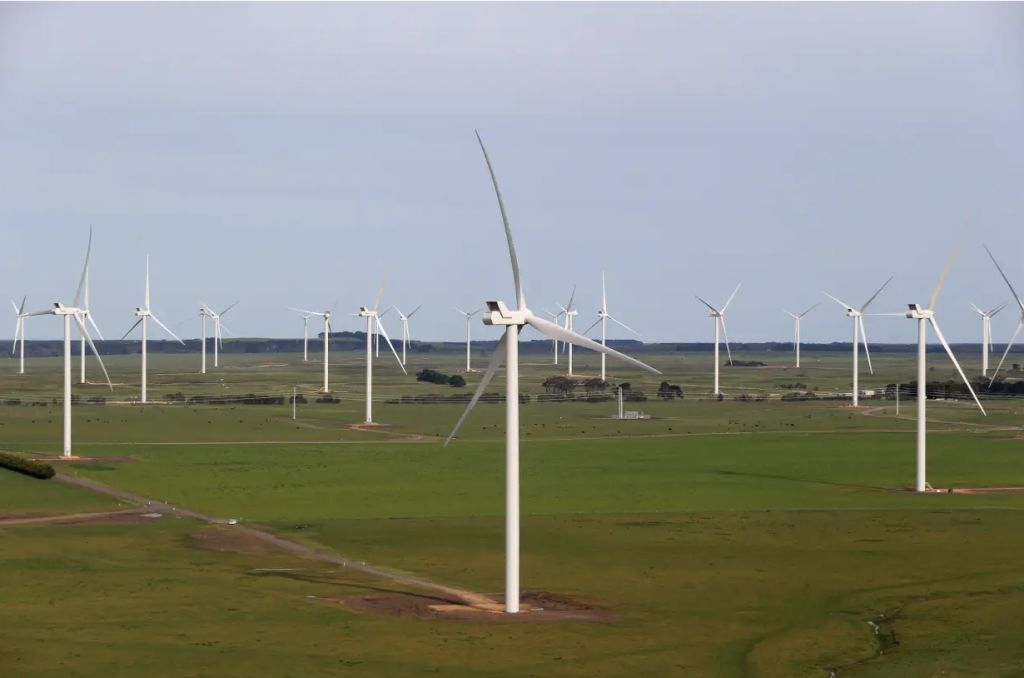
Renewable energy infrastructure construction soars
Construction of renewable energy infrastructure will surge almost 50 per cent this year and even after peaking in three years’ time will stay elevated as a result of tighter carbon-reduction targets and the need for alternative generation capacity as coal-fired power stations close.
After previous bursts of investment that peaked at $3 billion in FY2013 and then at $5.5 billion in 2019, the latest surge will rise to $11.8 billion in 2026, new forecasts from consultancy Macromonitor show.
Construction will rise 49 per cent this year to $5.2 billion and even after peaking annual investment will hold at about $9 billion a year until at least 2032, the consultancy says.
“This surge is being driven by several factors, such as the Australian government’s commitment to emissions reduction, the closure of coal-fired power stations between 2023 and 2035, large-scale battery storage, new transmission routes to support renewable energy zones, and state-specific renewable energy targets,” Macromonitor economist Abdul Hannan said.
Investment in wind and solar energy projects take up a large proportion of renewable construction activity in the country’s overall construction portfolio, the report says.
“The solar sector’s total value of work done will hit its highest point of $3.6 billion in 2024,” Mr Hannan said.
“Similarly, the wind sector’s total value of work done is expected to reach a new peak level of $5.4 billion in 2026, which will coincide with a significant peak in construction activity in Queensland.”
Solar projects pushing the total higher include stages one and two of the $5.6 billion Asian Renewable Energy Hub solar component in WA, the $1 billion Bulli Creek solar farm in Queensland and the $660 million Cultana solar project in SA.
Policy decisions are also driving investment. Victoria, where tapping offshore wind is key to the state’s renewable energy target of 95 per cent by 2040, has announced the country’s first offshore wind target of 9GW.
The Queensland government has announced a $776 million injection of funds for Australia’s largest state-owned wind farm in the South Burnett region, which will also support Queensland’s commitment to achieve 50 per cent renewable energy by 2030, the report says.
There will also be an acceleration in the construction of large-scale battery storage, and new transmission routes (including Hume Link, SA-NSW Interconnector and Marinus Link), the report says.
Battery storage construction this year alone will leap 92 per cent to $1.2 billion, rising to about $1.8 billion per year between 2024 and 2026 and then levelling out over the decade at an annual figure of about $1.2 billion.
The category of other renewables includes hydroelectric, pumped hydro and biomass. Completion of the $698 million Kwinana waste-to-energy project in WA cut the value of overall construction in 2021, but this has picked up with commencement of the $777 million Kidston pumped storage hydro project in Queensland.
Investment in NSW – principally in the NSW government’s hydrogen hubs initiative – will push investment up over the next three years to a peak of $1.8 billion in 2026, the report says.
“Our estimates show that the renewable energy sector in Australia entered its third, and largest, phase of growth in 2022, and this upward trend will dwarf any other period of renewables construction thus far,” Mr Hannan said.


